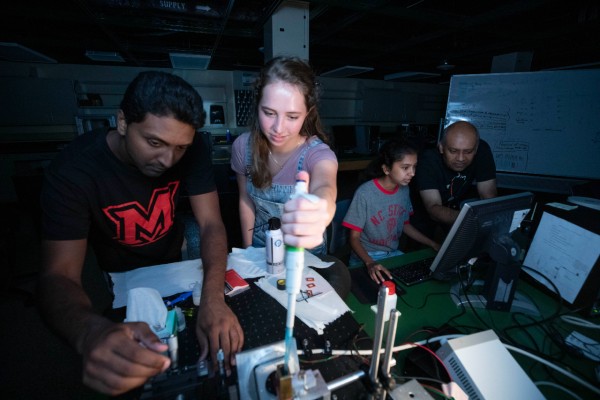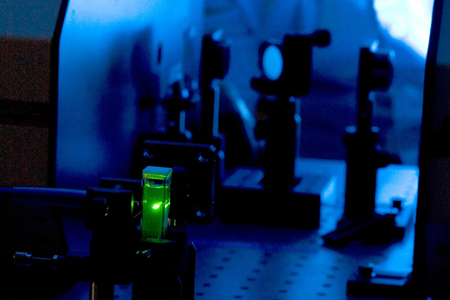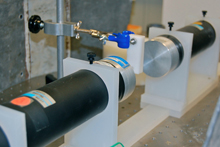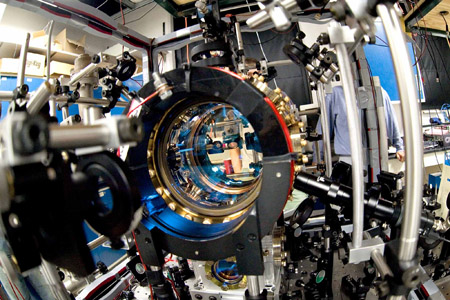Computational Physics
The Computational physics group at Miami is pursuing research programs at the undergraduate and Master’s levels in scientific visualization, image processing and analysis, and the use of computer graphics and animation to enhance comprehension of physical phenomena.
The research at the Mirza Quantum Information Group is of theoretical nature with typically 50% analytical work and 50% numerics. We develop theoretical quantum optical models with direct applications in the field of quantum computation, quantum communication and quantum metrology. To help perform numerical work, Mirza Quantum Information Theory Lab is equipped with up-to-date computation facilities for students with capabilities of performing efficient numerical simulations using computer programming languages such as MATLAB, Python, Mathematica and others. For advanced computational tasks that require high performance computational resources (for example for large scale parallel computing tasks) we work closely with Redhawk Cluster within the Miami University and Ohio Supercomputer as the state-level computational resource.
Theoretical: Dr. Imran Mirza




